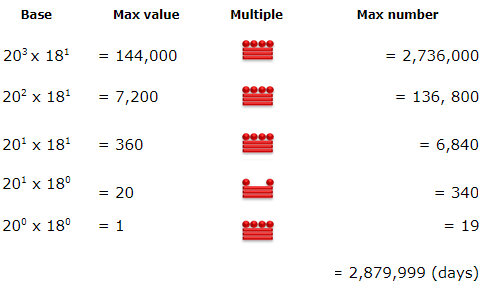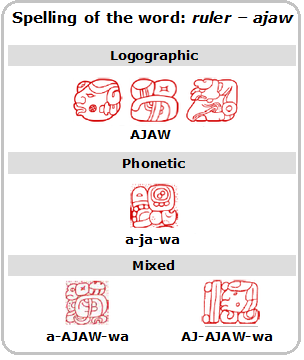The great civilization of the Maya
When European sailors followed the setting sun and after 10 weeks reached the first islands on the other side of the Atlantic, both Americas were inhabited by millions of people. In particular, Central America was the home of numerous and powerful civilizations, the longest-standing of which was the Maya one.
The Maya left us detailed historical chronicles written in ancient glyphic script in stone, on ceramics and other objects. Maya libraries fell victim to the climate and inquisition and only fragments of 4 survive until today.
Today about 6 mln people still speak one of the 30 contemporary Mayan languages and thanks to the growing world-wide awareness that no culture deserves to be forgotten, more and more people learn to read Maya glyphs, learn the true history of this area and the impressive achievements of ancient American civilization in agriculture, architecture, maths, art and literature.

Left: The reconstruction of the centre of Palenque in 9 c. AD (www.artstation.com/artwork/nQLLne). Middle: Contemporary woven textile with needle-work inspired by ancient murals from San Bartolo, produced by Maya artists from Santiago Atitlán, Guatemala (www.facebook.com/3stonesplace). Right: Panel 3 of Cancuen depicting the king and his courtiers, while the accompanying text describes two events: the last significant ceremony performed by the king and the dedications of his posthumous home en.wikipedia.org/wiki/File:Cancuenpanel3.jpg.
Maya Maths
The Maya used 3 basic signs to write down numbers. It’s a vigesimal (or base-20) system, so numbers from 1-19 are written down with bars and dots:

Exercise 1:
Read the numbers below. Click on the gray area below to check your answers.

Answers
| A. | 4 | D. | 7 |
| B. | 11 | E. | 15 |
| C. | 18 | F. | 19 |
Maya Maths: Calendrical contexts
In calendrical contexts, numbers above 20 were written down in vertical columns, where the lowest row is ones, next twenties, then 360’s, etc.

Exercise 2
What numbers are represented below? Think of the calendrical context. Click on the gray areas to check your answers.
| Mayan number | Answer | Mayan number | Answer |
|---|---|---|---|
 |
1 x 20 + 0 x 1 = 20 |  |
1 x 360 + 0 x 20 + 0 x 1 = 360 |
 |
5 x 20 + 1 x 1 = 101 |  |
1 x 360 + 1 x 20 + 1 x 1 = 381 |
Maya script
|
Maya script is logosyllabic, that is some signs stand for whole words (logograms), while others are purely phonetic and stand for a combination of two sounds (syllabograms). A word may be written with syllables only, a logogram only or a logogram with a syllable which clarifies its pronunciation. To compare: in Latin alphabet, which is used to write a lot of languages around the world, logograms are such signs as 1, 2, 3, %, @, &, while signs such as a, b, c are phonetic and basically stand for a sound, though various languages use the signs differently (see e.g. the pronunciation of the word jaguar in Polish /jaˈɡuwar/, English /ˈdʒæɡjuə/ and French /ʒa.ɡwaʁ/). Exercise 3: SyllabogramsLook at the syllabic signs: Now match the following Mayan glyphic spellings with their English equivalents and Latin transliterations listed in the table below. Hint: the vowel in the last syllable is not pronounced. Example: 1 - A (house / o-to-ti / otoot).
Click on the gray areas to check your answers.
|
 |
Freedom of spellingWhen it comes to spelling, Maya scribes enjoyed a lot of freedom: purely logographic, purely syllabic or most often – mixed, combining elegant logographs with phonetic clues. And they enjoyed varying spellings to contribute to the general artistic result. This variety of spelling options made it possible to decipher Maya glyphs: logographic spellings may help to understand the meaning by offering visual clues, phonetic spellings – to pin down the pronunciation, mixed spellings assist a bit with both. The glyphs that remain undeciphered until today are usually very rare signs which don’t have enough contexts to compare and analyse.Exercise 4: LogogramsLook at the logograms below and try to guess their meaning. You can look for inspiration in Exercise 3.
|  |
Answers
Click on the gray areas to check your answers.| 1. | bahlam ('jaguar') |
| 2. | ko'haw ('helmet') |
| 3. | otoot ('house') |
| 4. | pakal ('shield') |
| 5. | chok ('to scatter') |
| 6. | kay ('fish') |



